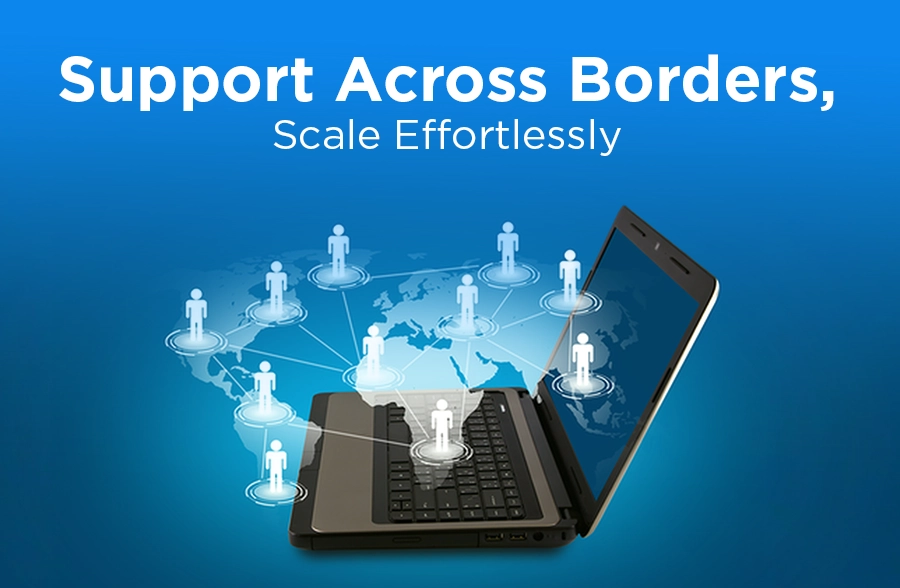Schedule a FREE call with our outsourcing expert now and get a precise quotation that meets your requirements. Don't wait - get started today!
Contact Center Services Philippine’s current research believed wasted budget on Telemarketing Philippines
There’s an old saying that outbound telemarketing in the Philippines wastes half of the allocated budget. The problem is that clients don’t know which half.
Take this as an opportunity to re-evaluate what you have been doing and how you have invested your marketing dollars. There is always a way to do more with less.
How does call center outsourcing in the Philippines help you avoid wasting your budget?
A recent study indicates marketers know they’re spending money ineffectively but believe the squander is closer to a quarter of their budgets.
In a survey of 1,000 marketers worldwide by Rakuten Marketing, respondents estimated they waste an average of 26% of their budgets on ineffective channels and strategies. And about half of respondents said they misspend at least 20% of their budgets.
Meanwhile, 2.9% believed they were squandering more than 80% of their marketing dollars.
To help you get started, here are some common marketing budget drainers that Magellan Solutions can help to avoid:
1. Spending money to reach the wrong people
The biggest waste in marketing is spending money on activities that reach the wrong audience. This is especially an issue for B2B companies with a limited target market.
Advertising and large trade shows tend to have the biggest budgets, yet much of the audience is often off-target. You will get a much higher return for your marketing dollars by going directly to the companies and individuals that can purchase your product.
Building a database of your target market prospects is not an overnight proposition. But it will be the best marketing investment you’ve ever made.
2. Generating leads that Sales doesn’t want
The second-largest waste is generating leads that Sales will never follow up on. It is way too common to hear Marketing complain that Sales doesn’t follow up on its leads while Sales complains that Marketing leads are a waste of time.
Both have to agree on what constitutes a good lead. Moreover, both sides must be accountable for their share of the equation: Marketing for generating “good” leads and sales for following them.
The CEO’s job is to ensure that Marketing and Sales are in sync, and lead follow-up is where the rubber meets the road.
3. Failing to follow up on leads
Invest in lead-development personnel.
Some call them inside sales, othersTelemarketing, but both fail to describe the role that will give you the most for your money.
The lead-development function guards the agreement between Marketing and Sales. Its role is to ensure that every good lead generated by Marketing is passed to Sales and to save Sales from wasting time chasing leads that are not a good fit for the company.
4. Killing the conversation
Provide Sales with follow-up tools and templates.
Even when Sales is willing to follow up on the leads it gets, the conversation often dies once the lead is handed over to the salesperson.
The easiest thing for salespersons to do is to copy an old email or use the same opening sentence they always use when calling on a prospect. This is like starting all over with a new pickup line rather than continuing the conversation that has already begun.
So don’t leave it to chance: If you’re putting together a campaign, provide Sales with the follow-up scripts and email templates they can use when the leads start coming their way.
5. Overemphasizing new leads
While Sales might dismiss some leads as “old,” those are the best leads you can give them.
Software buyers require multiple touches before they are ready to engage in a serious sales conversation, so your best chance to make a sale is to someone who has already been in touch with your company.
If you continue pursuing only new leads, you will soon run out of companies to target and, even sooner, out of budget.
6. Targeting new leads with late-stage offers
Lead nurturing is crucial, but you still need to acquire new leads who have yet to hear from your company. Since you have to buy access to these leads, lead acquisition is expensive.
Good lead-acquisition activities appeal to a broad audience of early-stage prospects, such as whitepapers and webinars focused on industry issues rather than on your product.
7. Direct mail and rental lists
Email promotions to your permission-based list will usually generate response rates that are 5-10 times higher than email to rental lists and 10-15 times higher than direct mail at a fraction of the cost.
As a result, the cost per response from your email list can be over a hundred times lower than for any other method.
In addition, the turnaround time for email promotions is shorter, which means you can communicate in a more timely fashion.
A good permission-based email list is your company’s biggest marketing asset and your best lead-nurturing vehicle.
At the same time, if your email is not permission-based, you risk breaking the law and alienating your audience.
8. Failing to use your permission-based list
You don’t want to inundate your prospects with too much communication, but most software companies fail to communicate enough. Newsletters and blogs are great vehicles to keep communication flowing.
Your customers are eager for knowledge, so as long as you keep your content relevant to your audience and tone down the sales pitch, most will welcome your emails.
For those who don’t, offer ways to opt out of specific items so they don’t have to remove themselves entirely from your list.
9. Failing to get the most out of your email marketing
A well-designed message can increase response to your emails by up to 50%. That’s a huge difference in the return on your marketing dollars.
There is no magic formula for a good email message. To ensure that your message is well-designed, you have to test every element, from the subject line to the placement of the links and the call to action.
10. In-person seminars
Webinars are much more effective than in-person seminars. They cost less, and you can draw a national and international audience to a single event. The typical seminar will draw 25-50 people, but it is common for a webinar to draw hundreds.
A webinar can also be easily recorded for future use as an on-demand presentation, extending the lifespan of the event months or even years beyond the initial take and generating up to twice the responses of the live broadcast.
11. Losing people on your Website
All roads lead to your website. Any serious prospect will look at your website multiple times throughout their interaction with your company before, during, and after the purchase decision.
The first thing you need to make sure is that your Website content is of interest to your prospects. The second thing is to have calls to action to engage your Web site visitors. View a webinar, download a whitepaper, and fill out a survey.
Last, you need to ensure that you can track these interactions. This information lets you fine-tune your follow-up to match your prospects’ interests and avoid wasting valuable marketing and sales resources.
12. Failing to double (and triple) dip
Creating new content is often the bottleneck to new marketing initiatives.
Once you have created good content that will engage your customers, don’t let it go to waste. Your prospects process information differently, so you can repurpose the same content in multiple ways.
For example, turn your webinar into an article, post it in your newsletter and blog, pitch it as a PR placement, or offer it as a podcast.
13. Not knowing what you get for your money
Every marketing activity should be linked to a measurable goal. If it’s not, you should probably avoid it.
A measurable goal could be the number of leads, new contacts, meetings, opportunities, deals, and revenue dollars.
Filipino Telemarketers Are The Solution
It’s certainly hard to build something new without the resources.
“Spending money to make it” only works if you’re spending on the right things. And if you’re not, it hurts you twice, once because you wasted your money and a second time because you now have less to spend on the things that help you grow.
Telemarketing call centers in the Philippines, like Magellan Solutions, are guaranteed to help you split your budget wisely on necessary things. And if you find something more essential? You can easily consult us.
Your opinions matter the most. Thus, we want to build a trustworthy partnership with you when you outsource to telemarketing companies in the Philippines.
Fill out the form, and we’ll get back to you with a quote!













